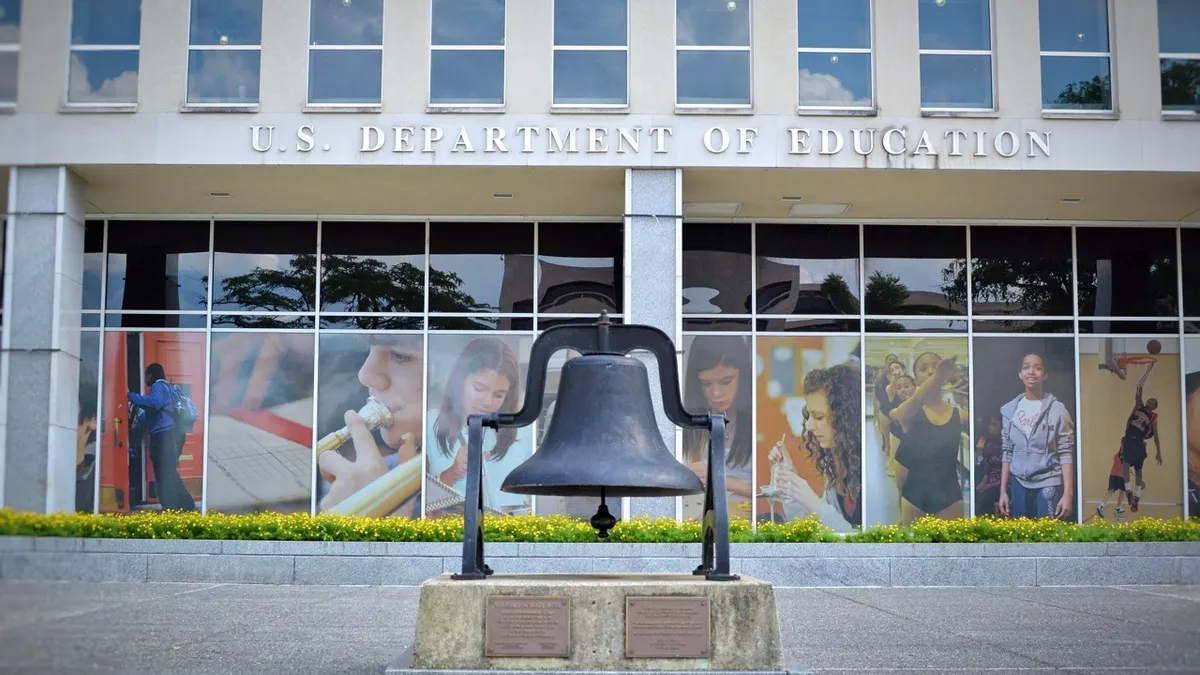Dive Brief:
- A new report from the U.S. Department of Education highlights that, though progress has occurred for various ethnic and racial groups, there are still significant gaps in attainment and advancement on key indicators of educational performance for many.
- The findings show that despite some progress for black students on 4th grade assessments, and some for Hispanic students on 8th grade assessments, educators are doing a poor job of closing gaps as students prepare to enter into higher education or the workforce — the White-Hispanic gap has held constant at around a 25% difference, while the white-black gap has actually worsened by 6% (up to a 30% difference in 2015) compared to 1992.
- In higher ed, though racial gaps persist, the most significant gaps are between the genders — and this is most glaring among black students, who see a 62% female enrollment vs. 38% male, and American Indian students, who see a 60% female enrollment vs. 40% male.
Dive Insight:
The report comes on the heels of significant criticism over the department's heavy hand in assessing whether ESSA plans fairly meet the needs of all students, especially low-income minorities. It is worth noting by leaders at all levels that the department is setting a pattern of focus around equitable outcomes for all.
Secretary of Education Betsy DeVos' seeming interest in equity might not be just a nice talking point — demographics shifts indicate it is increasingly important to the future of this country's workforce. The report found the number of white students overall is decreasing. Among students aged 5-17, the percentage of those who identify as white or black decreased (from 62% to 52% and 15% to 14% respectively), but the number of Hispanic students grew significantly (from 16% to 25%), and Asian students and students from multiple racial backgrounds each grew incrementally (3% to 5% and 2% to 4%, respectively).
Though students of color are increasing in number, achievement and attainment gaps persist, with lower test scores, fewer AP/IB credits, and lower graduation rates. This presents a particularly complex issue for higher ed, which, forced to admit more of these students to fill the coffers, will find more and more remediation is needed to graduate these students. And with more and more states looking at performance-based funding models, it is the graduation statistic which will matter most.
The recent political shift which saw the election of Donald J. Trump as the 45th president of the United States was largely attributed to what was seen as marginalization of white males without a college degree, but it may have been the statistic that white students with degrees are no longer the top earners that led to the announcement this week that the Department of Justice plans to take on affirmative action. Subsequent inquiry, however, found top officials at both the DOJ and ED's Office of Civil Rights uninterested in pushing a social agenda on race consideration in admissions and not expecting to broadly revise the government's stance on the issue.











